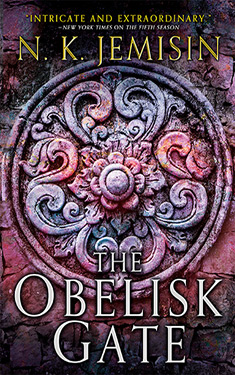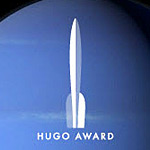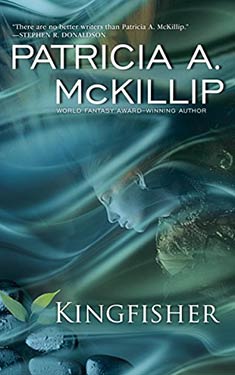Seeing the Future
I’ve been having a lot of fun collecting digital scans of old pulp magazine covers. It’s great killing time on the Facebook group, Space Opera Pulp, where several thousand other fans of pulp magazines hang out. I save images to a folder called “SF Covers” and use a program, John’s Background Switcher to randomly display them on my computer’s desktop background. (It’s a free program for Windows and Mac computers.)
Then, when I want to take a break I’ll watch a slideshow of science fiction art. Sometimes I listen to a podcast or audio books while watching. I tell JBS to switch images every 15 seconds. It’s pleasantly meditative.
However, this activity is also proving educational. Not only am I seeing a visual history of the science fiction genre, but I’m learning how people saw the future over time. For example, the cover from Amazing Stories, November 1928 shows a rather steampunky spaceship landing on one of the moons of Jupiter. Remember, real rockets had yet to be invented.

Spaceships got very weird, and very long, in the 1930s. And they also imagined some very strange machines. It’s always funny to see current-day technology adapted to look futuristic.
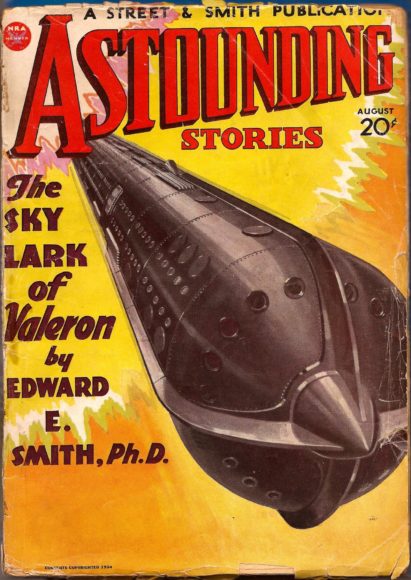

Now take a look Cosmic Science Fiction, July 1941. How many people understood the concept of weightlessness back then? I’m quite impressed with the artist here. I’m not sure if I ever read an old story that conveyed so much in words as what’s drawn here in pen and ink.
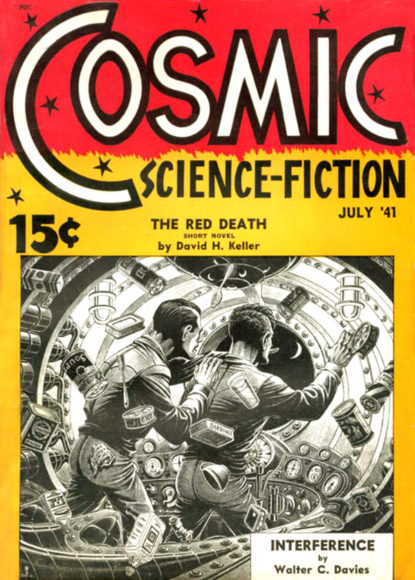
Planet Stories, with its notoriously lurid covers, gives another vision of the future. Atomic Blondes have been around a lot longer than that current film in the theater. This artist isn’t imagining our real future, but the future of comic books and Star Wars.

My friend Mike tells me the art in Planet Stories is corny now, but I think it captures a forgotten era. Take a look at “Galaxy Babes: The Gaudy, Brazen Cover Art Of Planet Stories” to get a better sense of its style. I get the feeling these covers convinced a good many adolescent boys in the 1940s to read science fiction. Another popular magazine was Captain Future because it had a similar artistic style on its covers.
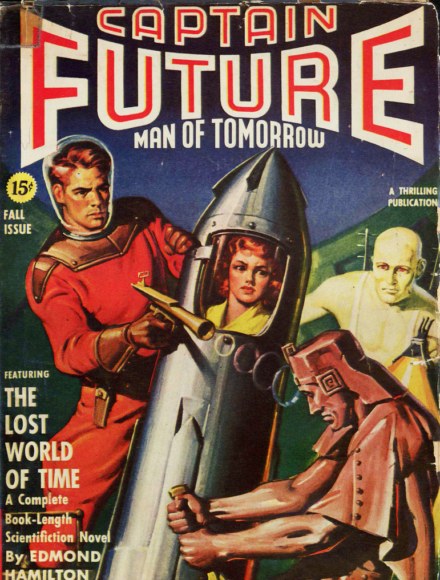
One thing I love about the old pulp art is the cover often told a story by itself. There are folks who collect 1950s paperback books because of their visually gripping covers and I think it’s for that same reason artists were so important to the pulps. I’m not sure people would collect them if they didn’t have the cover art they did. The illustrators captured a moment of action and it makes you want to buy the book/magazine to find out what happens next. Modern covers don’t do that. I wonder if 21st-century books and magazines would sell better if their covers showed in-the-moment action?
Just look at the covers below – don’t they make you want to read the stories?
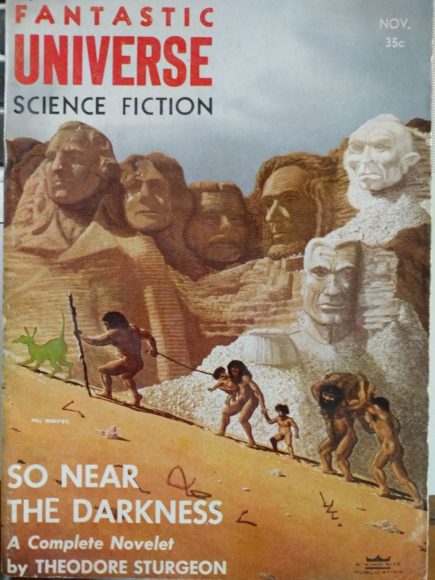
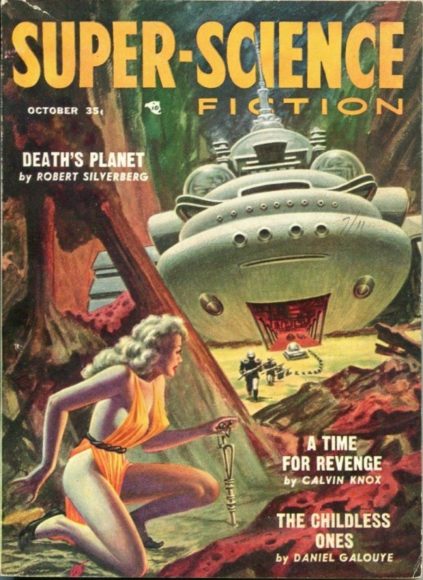
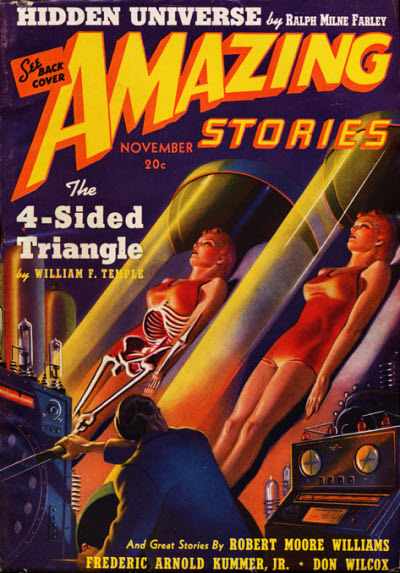
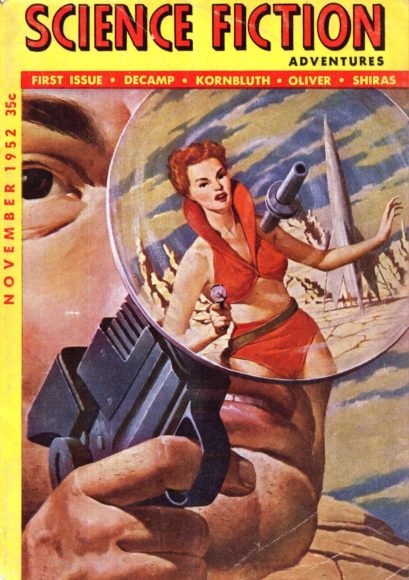


JWH
2017 Hugo Award Winner
The 2017 Hugo Awards have been announced at the 75th World Science Fiction Convention in Helsinki, Finland, August 9-13, 2017. In the Best Novel category the winner is:
WINNER:
- The Obelisk Gate by N. K. Jemisin (Orbit Books)
FINALISTS:
- All the Birds in the Sky by Charlie Jane Anders (Tor Books / Titan Books)
- A Closed and Common Orbit by Becky Chambers (Hodder & Stoughton / Harper Voyager US)
- Death’s End by Cixin Liu (Tor Books / Head of Zeus)
- Ninefox Gambit by Yoon Ha Lee (Solaris Books)
- Too Like the Lightning by Ada Palmer (Tor Books)
Our congrats to N. K. Jemisin and all the finalists. You can see the complete list of winners in all categories over at Locus. Jemisin won the Hugo last year for The Fifth Season, book 1 of her Broken Earth series. She has again been added to our ever-growing list of Award Winning Books by Women Authors.
2017 Mythopoeic Award Winner
The Mythopoeic Society has announced the 2017 Mythopoeic Award winners. In the Adult Literature category the winner is:
WINNER:
- Kingfisher, Patricia A. McKillip (Ace)
FINALISTS:
- Will Do Magic For Small Change, Andrea Hairston (Aqueduct)
- Ghost Talkers, Mary Robinette Kowal (Tor)
- The Raven Cycle, Maggie Stiefvater (Scholastic)
- Thessaly Trilogy, Jo Walton (Tor)
Our congrats to Patricia A. McKillip and all the finalists. You can see the complete list of winners in all categories in the official press release.



















 Full Details
Full Details
